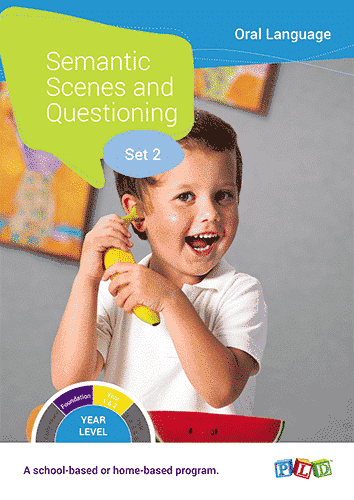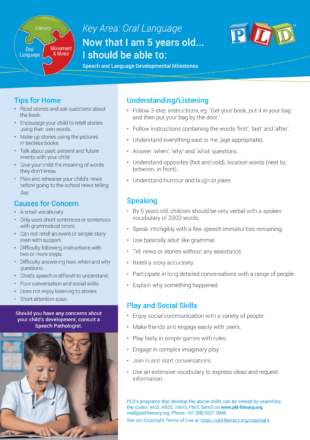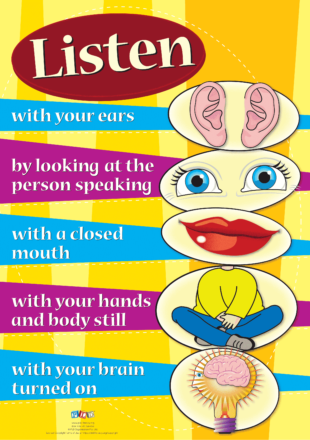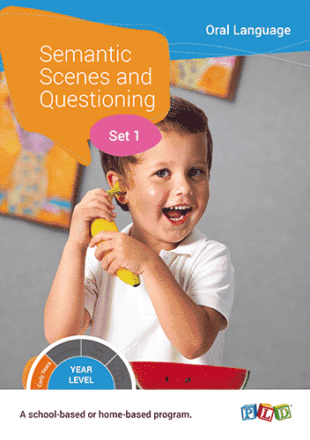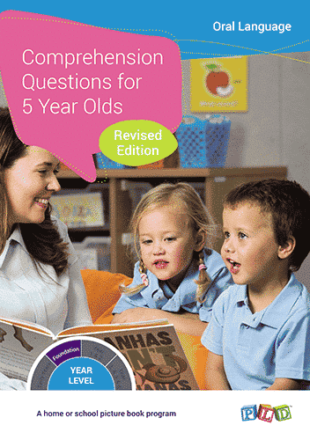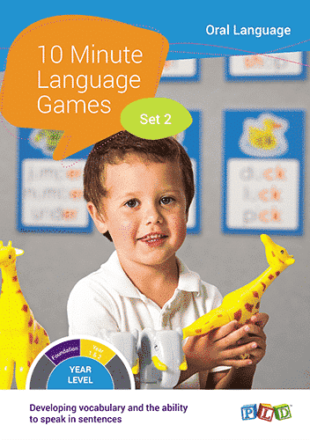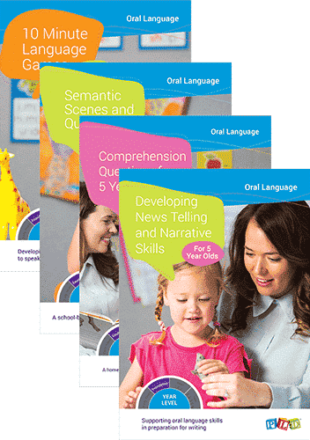Semantic Scenes and Questioning – Set 2 is designed to equip teachers and parents of 5-6 year old children with activities that will develop semantic knowledge. A good grasp of semantics broadens a child’s understanding of the meaning of words, which then helps them to understand what they hear or read and also helps them to express exactly what they want to say.
A child who is struggling with semantics will be the child who:
- Can’t stay on the topic of simple story or news telling, but goes off on unrelated tangents.
- Takes a long time to think of particular words they want to use in conversation.
- Uses non-specific vocabulary such as ‘that’ ‘there’ ‘this one’.
- Has difficulty sorting items into groups, describing them, and finding differences and similarities.
- Has difficulty understanding instructions that include time vocabulary such as ‘before’ ‘after’ ‘first’ etc.
‘Semantics’ refers to the meaning of sentences and words and how words relate to one another. That is, whether words belong in groups or categories together (e.g. Apples and oranges and pears are all fruit), whether they are similar to each other, or different and the features they have e.g. Size, shape and colour.
Another way to think of semantics is like a network or web. Each word we speak or read has a place in this web. Each word has other words linked to it, some closely related and some distantly related. Each word belongs to several groups, some big and some small and each word has a definition that sets it apart from other words that are similar. Some words are related by the fact that they are actually opposites! All this information surrounding words is what we aim to teach young children about the vocabulary that is appropriate to their stage of development and life experience.
Semantics is one facet of oral language. Given that oral language is not only a strong predictor of academic and social success but also a necessary requirement for good mental health, it is important that parents and teachers have the skills and resources needed to facilitate the development of oral language in young children.
The aim of this program is to train parents and teachers to structure and facilitate developmentally appropriate semantic activities for 5 to 6 year old children. This program provides:
- Semantic activities and accompanying picture resources.
- Examples of appropriate and inadequate responses for 5-6 year old children.
- Techniques and strategies to implement when a child provides an inadequate answer.
Features:
- Colour thematic picture scenes include the zoo, transport, at home, food, school, toys, Australian animals, clothes, under the sea and birthday party.
- Specific semantic questioning is outlined for each picture scene.
- Examples of appropriate and inadequate responses for 5-6 year old children.
- Techniques and strategies are outlined when a child provides an inadequate answer.
This product is mentioned in the Foundation Teaching Sequence Manual on page 13 and the Year 1 & 2 Teaching Sequence Manual on page 20.
The programs within the range include:



